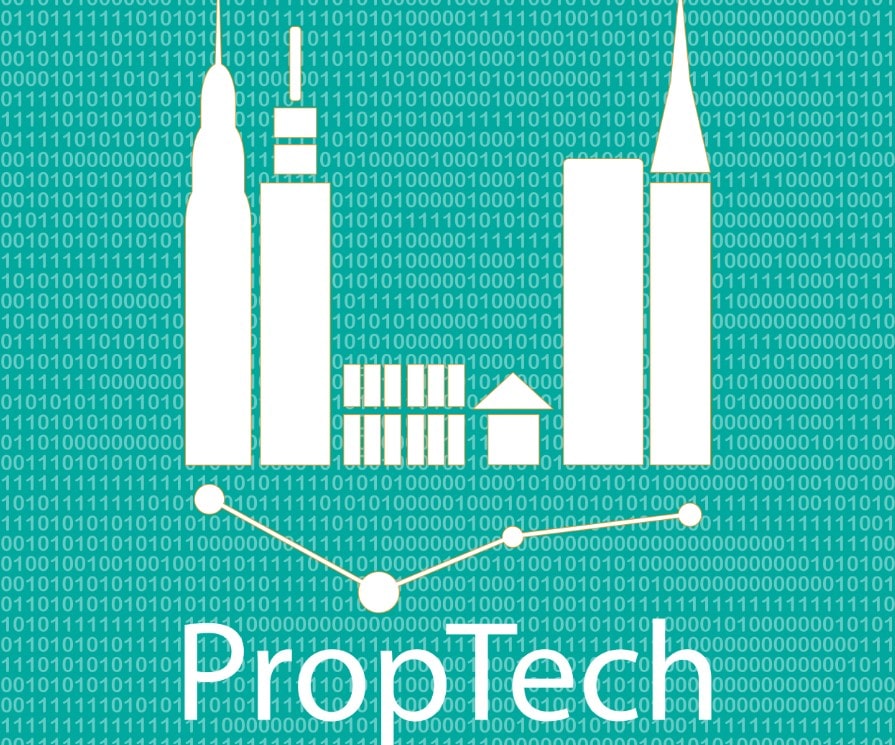News - Construction News
PropTech: The digital future of property and housing?

In Britain, the housing crisis remains a distinct and ever-present issue which, to this day, requires the delivery of a more long term solution. Technology and digitisation have recently been brought in as this potential solution with evidence of this being seen in the Government promoting MMCs and, more recently, PropTech (Property Technology).
What is PropTech?
PropTech is the collective label for a variety of technological and digital innovations which have swept the property and housing sectors within the last two years. As digitisation finally starts to gain a foothold in the construction industry, with data gathering and analysis becoming more important, PropTech is following in the footsteps of other sectors that have embraced digital transformation.
In October Conservative Housing Minister Esther McVey, announced that local authorities would soon be obliged to release any and all information they possess which relates to housing and the property sector, covering the likes of energy certificates and square footage. The reasoning behind this was to allow British PropTech companies to utilise this data and assist in the provision of their services, triggering a digital revolution within the property and housing sectors.
The information which the local authorities will then disclose is referred to as Compulsory Purchase Order (CPO) data and it was the ultimate goal for Minister McVey that PropTech companies would utilise this to create a national index of brownfield site data.
How can PropTech be utilised by the construction industry?
Following on from this strategy, it can quite safely be assumed that the construction industry would benefit greatly from the utilisation of PropTech, with its digital innovation effectively streamlining the project development process.
Through identifying optimum sites where construction can take place, through the anticipated brownfield site database, PropTech can be employed by the construction industry to limit costs and time that is spent on site sourcing, allowing for more projects to be planned and therefore increasing project pipelines.
In fact, one company, named LandTech, applies PropTech innovation to streamline the entire planning process, thereby empowering developers to not only source sites but also achieve planning permissions through the relevant authorities as swiftly as possible.
Through a subsidiary service of LandTech, named LandInsight, LandTech allows its users to employ a search functionality through which developers and construction companies can search for potential sites. Afterwards they can use another subsidiary service, named LandEnhance, which directs its users to the specific planning authorities and provides useful tips on seeking planning applications and policy documents.
Gathering all of these services onto one fast and convenient digital platform streamlines the entire planning process, ahead of construction, and can also make it possible for developers and contractors to increase the number of projects being taken on, as the land would be much easier to acquire.
This, in turn, means that with more projects being undertaken, the healthier the project pipeline will appear and thus more contracts will be sought, more jobs created, and more income will be subsequently made.
Another way in which PropTech can greatly benefit the construction industry is in the design process, through the application of virtual reality (VR) and augmented reality (AR).
By developing three-dimensional renderings of proposed buildings and developments, architects, contractors, and engineers can then employ VR and AR technologies to take a literal tour around their designs in order to examine the results, making adjustments wherever necessary, and even running weather simulations to be sure that the designed structures are fit-for-purpose.
As a result, this would prevent any additional cost in correcting design flaws that go unnoticed until the construction process, with retrofitting notoriously expensive and time consuming.
What these examples underline is the fact that the construction industry can benefit from the incorporation of PropTech to not only optimise the acquisition, planning, and designing processes, but can also be used to obtain increased and more consistent workloads. Adding to this, the incorporation of PropTech into the construction industry can help to increase its digitisation after the ‘McKinsey and Company Report’ found it to be the second least digitised sector in the UK.
How can PropTech be utilised to solve the housing crisis?
According to a report by the Financial Times, Britain needs to increase its housing supply by a proportion of one per cent each year in order to keep up with existing demands. By this summation, approximately 300,000 homes will need to be constructed annually, as Britain currently contains a grand total of 28M houses and flats meaning that one per cent of this would amount to a figure of 280,000 homes.
PropTech can therefore lend a hand in achieving this lofty figure through all of the aforementioned benefits that its incorporation into the development process provides. Identifying potential housing sites, ensuring the swift securing of planning permissions, and reducing the likelihood of flawed designs are just of few of the many unfathomable advantages that PropTech can offer to contractors.
However, one advantage that has yet to be mentioned is the far more obvious advantage of being able to identify existing properties. This may seem confusing, or perhaps obsolete, but this suggestion is made all the more enlightening by the fact that the National Association of Estate Agents (NAEA) recently recorded a total of 205,000 unoccupied homes in Britain.
This figure alone amounts to more than 73% of the annual requirements identified by the Financial Times and, through PropTech, the discovery and acquisition of these properties can be made much simpler so that they can be exploited to solve Britain’s worsening housing crisis.
If you would like to read more articles like this then please click here.
Related Articles
More News
- Building the next generation
17 Jul 25
We are facing a skills crossroads in our industry, says Richard Martin, Managing Director, Churngold
- Plan to kickstart onshore wind revolution
17 Jul 25
Onshore wind is set to accelerate over the second half of the decade.
- Homes England supports Greencore Homes with new sustainable homes
16 Jul 25
Homes England will provide funding to support the delivery of Milton Heights.






